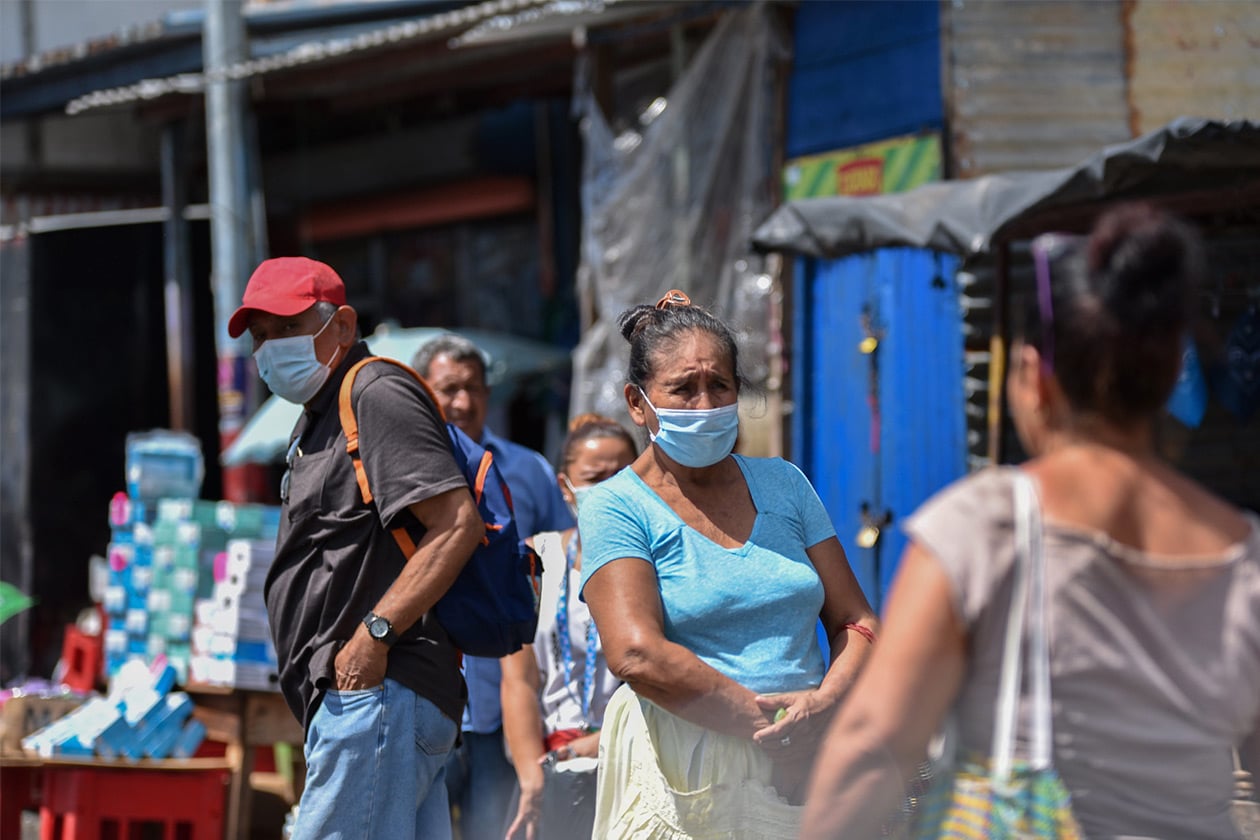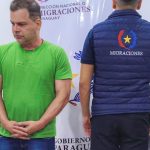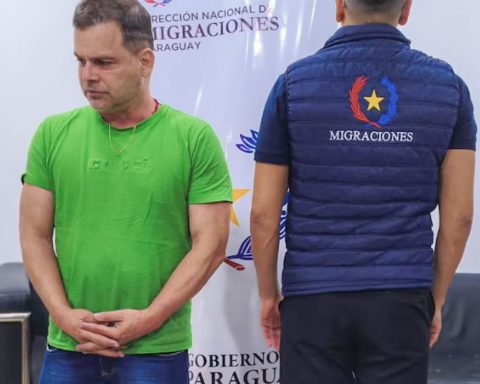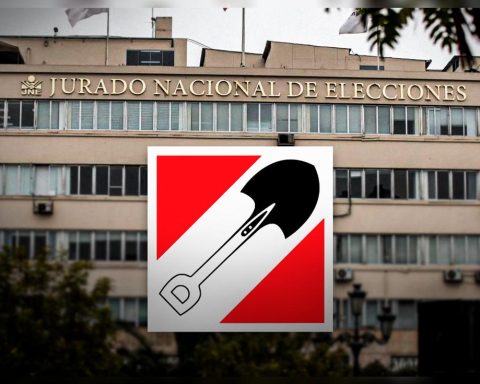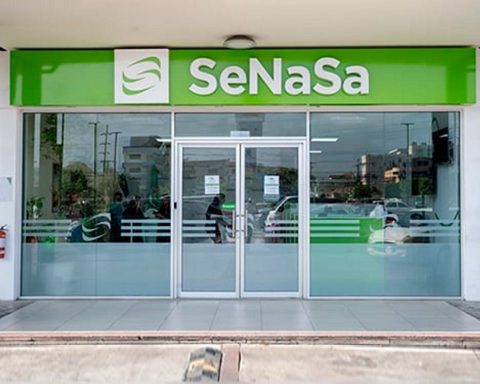A scientific study entitled “An immune correlate of SARS-CoV-2 infection and the severity of reinfections” reveals that, Between April and October 2021, the variants of concern predominated in Nicaragua: gamma and delta. However, the authorities of the Ministry of Health (Minsa) reported on the circulation of these and two other variants, until mid-November, after the regrowth registered between August and September, which left an estimated 2,000 deaths, according to independent monitoring.
The research that was carried out by the University of Michigan in the United States together with the National Center for Diagnosis and Reference (CNDR) of the Minsa of Nicaragua, was published in English, on the MedRix digital portal, in which unpublished medical articles are published that, once peer-reviewed, will be shared in prestigious scientific journals.
“In this household cohort study we found that seropositivity was associated with protection against infection, when the gamma and delta variants of SARS-CoV-2 predominated “, detail the researchers.
The Pan American Health Organization (PAHO) reported the circulation of the four variants of concern in Nicaragua until last November 16, 2021, after the Minsa confirmed – six months late – their presence in the country. And went until the 24th of this month, which reported that the delta strain is the most predominant.
“How long has the Minsa known to circulate in the country the gamma and delta variants of the SARS-CoV-2 virus of concern? According to the scientific article, this information could have been available much earlier than we know ”, questions the COVID-19 Citizen Observatory, which independently monitors the impact of the pandemic in Nicaragua, despite the limitations imposed by the persecution. policy of the police state of the regime of Daniel Ortega and Rosario Murillo.
Despite the fact that the Minsa has already reported internationally the circulation of four of the five variants of concern, the authorities have not referred at the national level nor have they presented any report on the incidence of these in the country.
Medical sources from public hospitals in Nicaragua entrusted CONFIDENTIAL that before the second wave of covid-19 will reach its maximum peak, last September, Doctors had already informed Minsa about several cases diagnosed clinically (by symptoms) with the delta variant, but they had no response from the authorities.
Protection of Nicaraguans against covid-19 decreases
The scientific study, carried out in partnership with the CNDR, is one of the few that exist on the incidence of the virus in Nicaragua and seeks to measure the protection developed by infected citizens during the first wave, against a reinfection of SAR-CoV-2 in new outbreaks.
According to the article, they had previously carried out an analysis on the first wave that occurred in 2020, but in this new study they focused on infections that emerged after March 2021 when the variants were already circulating. In the first analysis carried out until October / November 2020, the protection against symptomatic reinfection in people who had already been infected was 93.6%. However, after the second outbreak, protection dropped to 69.2%.
“It is probably due to a longer follow-up time to observe infections. (and so that the levels of antibodies decrease) and the predominance of gamma and delta variants that differ from the strains against which the immunity was generated ”, they explain.
Although data on the severity of second infections is limited, the study says, It was proven that the application of the vaccine is necessary to reduce the viral load of SARS-CoV-2. “Understanding the severity of repeated infections is complicated as the severity differs between SARS-CoV-2 variants,” they note.
More than 2000 Nicaraguans were part of the study
To carry out this research, they expanded a cohort study on influenza in homes, which has been carried out in the country since 2017, by including SAR-Cov-2. In this study, a group of 2353 inhabitants of District II of Managua were studied.
These participants were monitored regardless of their symptoms, once a case of SARS-CoV-2 was detected in their home, PCR tests and enzyme-linked immunosorbent assays (ELISA) were performed to measure infections, the article describes. In addition, genomic sequencing was performed to identify the circulation of virus variants.
“We measured protection against SARS-CoV-2 infection during the second wave associated with immunity induced by a previous infection., as well as the “absolute correlational” or protective threshold of the antibodies necessary for a protection of 50% and 80%. Finally, we compare the severity of the first and the second infection during the second wave ”, detail the researchers.
The study determined that the people who were part of the sample and had already been infected with SAR-Cov-2 during the first wave of 2020 they had greater protection against reinfection during the second wave than those who had not been infected. Mainly in developing the disease in a serious way.
“The results indicate 64.5% protection against any infection, 69.2% protection against symptomatic infection and 79.4% protection against moderate or severe infection ”, they describe.
It also details that protection against SARS-CoV-2 infection in children aged zero to nine years was 56.6%, 67.4% in people over ten years of age, and in the case of developing the disease with symptoms it was 51% and 74.3% respectively.
“There were no significant differences in severity between the first and second infection in children from zero to nine years old, probably because there were fewer infections in general in the children, with few moderate or severe infections ”, they detail.
Of the analyzed sample, during the second wave there were 377 new SAR-CoV-2 infections and 162 reinfections. These were less serious than the first infections. What’s more, there were three deaths from covid-19 in the group, two after the first infection and one after the second infection.
